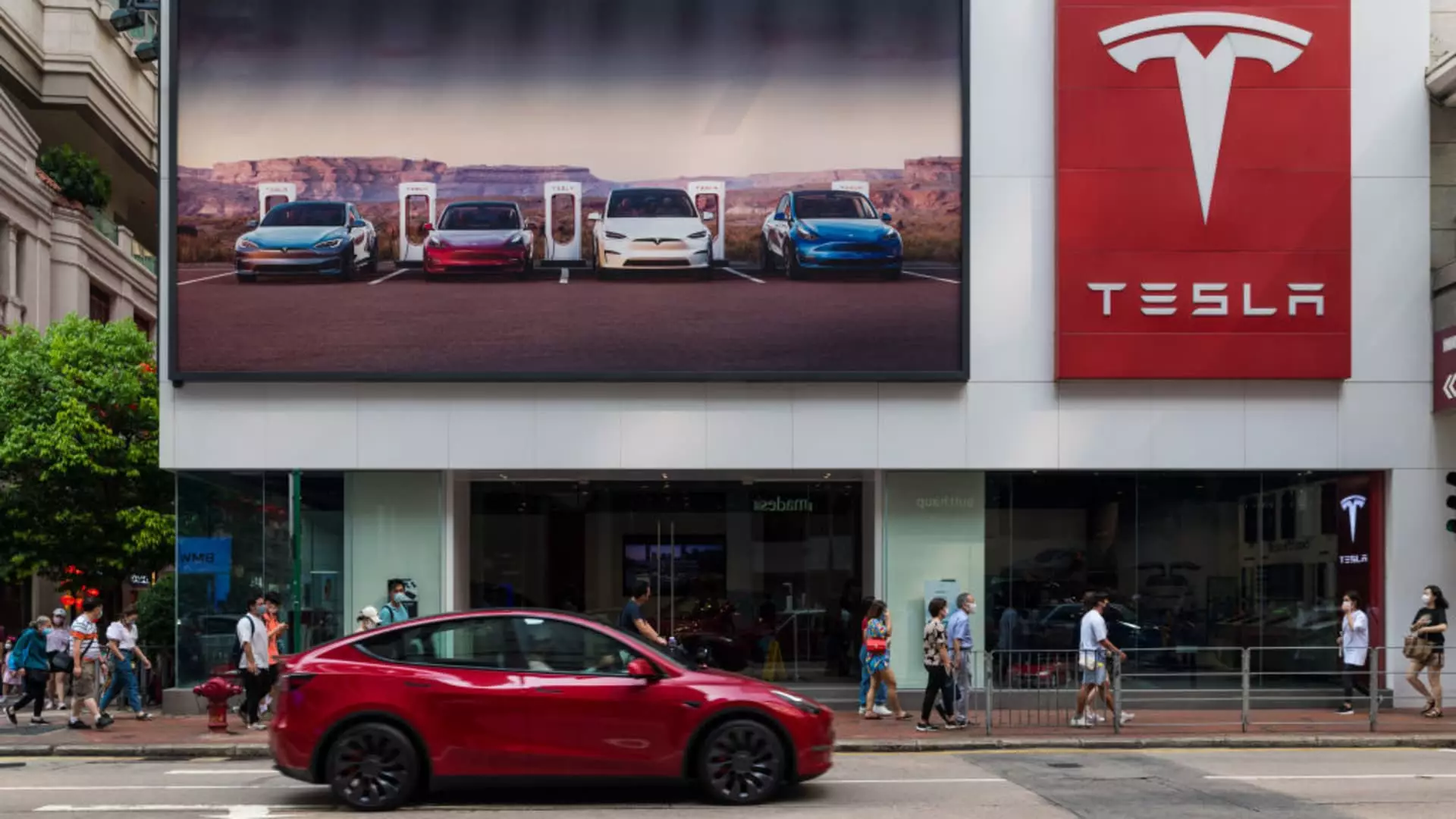As Tesla gears up for another year in the electric vehicle (EV) market, the outlook based on its fourth-quarter results presents a complicated picture. While the company achieved slight revenue growth overall, several key financial metrics fell short of expectations, leading analysts to express a mix of concerns and cautious optimism.
Tesla’s performance in the fourth quarter reveals both resilience and vulnerabilities. While a modest increase in overall revenue—up approximately 2% from the previous year—was recorded, the automotive segment faced a substantial 8% decline in revenue year-over-year. This downturn raises questions about demand, as the initial surge of interest in electric vehicles appears to be stabilizing. Moreover, the company reported a stark 71% drop in net income from the previous year, exacerbated by its unmet earnings expectations.
Adding to these challenges, Tesla benefited from a one-time windfall of $600 million attributed to changes in accounting rules related to its bitcoin holdings. While this number bolstered the bottom line temporarily, it may obscure the underlying issues regarding the company’s core automotive business. Investors must discern whether these gains represent a sustainable trend or an anomaly reflective of external factors.
Investor reactions to Tesla’s financial disclosures have been varied, with most analysts adopting a cautious stance. Wells Fargo analyst Colin Langan assigned the stock an “underweight” rating with a price target set at $125 per share, indicating a potential 68% downside from recent valuations. Langan highlighted concerns over delivery growth, price reductions, and upcoming model rollouts, which collectively cast a shadow on the company’s future profit margins.
Conversely, UBS maintained a slightly optimistic slant despite a “sell” rating, adjusting its price target from $226 to $259. Analyst Joseph Spak remarked on Tesla’s ambitious foray into robotics and artificial intelligence but echoed the sentiment that immediate earnings contributions from these ventures remain uncertain. His perspective suggests that while Tesla may have a vision for diverse growth, actual valuation hinges on tangible results in the near term.
Goldman Sachs’ Mark Delaney adopted a “neutral” rating, projecting an 11% downside as he balanced optimism for Tesla’s long-term prospects against current valuation concerns and unrealistic near-term targets, such as achieving full self-driving capabilities. Similarly, Evercore ISI noted an in-line rating, emphasizing that as Tesla evolves, financial analysis can become increasingly complex, given that less than 40% of its market cap now stems from its automotive and energy ventures.
On the more positive end of the spectrum, Morgan Stanley’s Adam Jonas maintained an “overweight” rating and a relatively high price target of $430, asserting that Tesla’s latest results reflect a significant transition phase. Jonas sees Tesla positioned to evolve from a strictly automotive company to a multifaceted player in artificial intelligence and robotics, presuming the company effectively navigates the hurdles ahead.
Tesla’s immediate future remains uncertain, with potential challenges looming on the horizon. A critical factor influencing demand is the increasing scrutiny on the Autopilot features and regulatory changes that may arise in the United States. Analysts also foresee headwinds in delivering on promises surrounding advancements in technology such as FSD (Full Self-Driving) and the ambitious humanoid robot initiative dubbed Optimus.
The specter of additional price cuts looms large, especially amidst concerns about maintaining profit margins. These adjustments could provoke further fluctuations in demand, which would compound the deliveries’ decline noted in recent reports.
Tesla’s fourth-quarter performance serves as a critical junction for its stakeholders. The combination of mixed financial results, a volatile outlook on demand, and a myriad of regulatory and operational challenges paints a picture of a company in transformation. As analysts weigh the potential of Tesla’s innovations against present realities, investors must remain vigilant, acknowledging that while Tesla has promising ventures on the horizon, its immediate trajectory is fraught with uncertainties that demand close examination.

